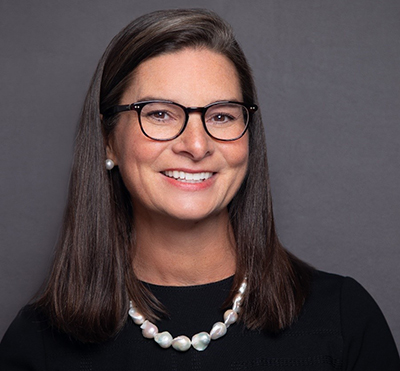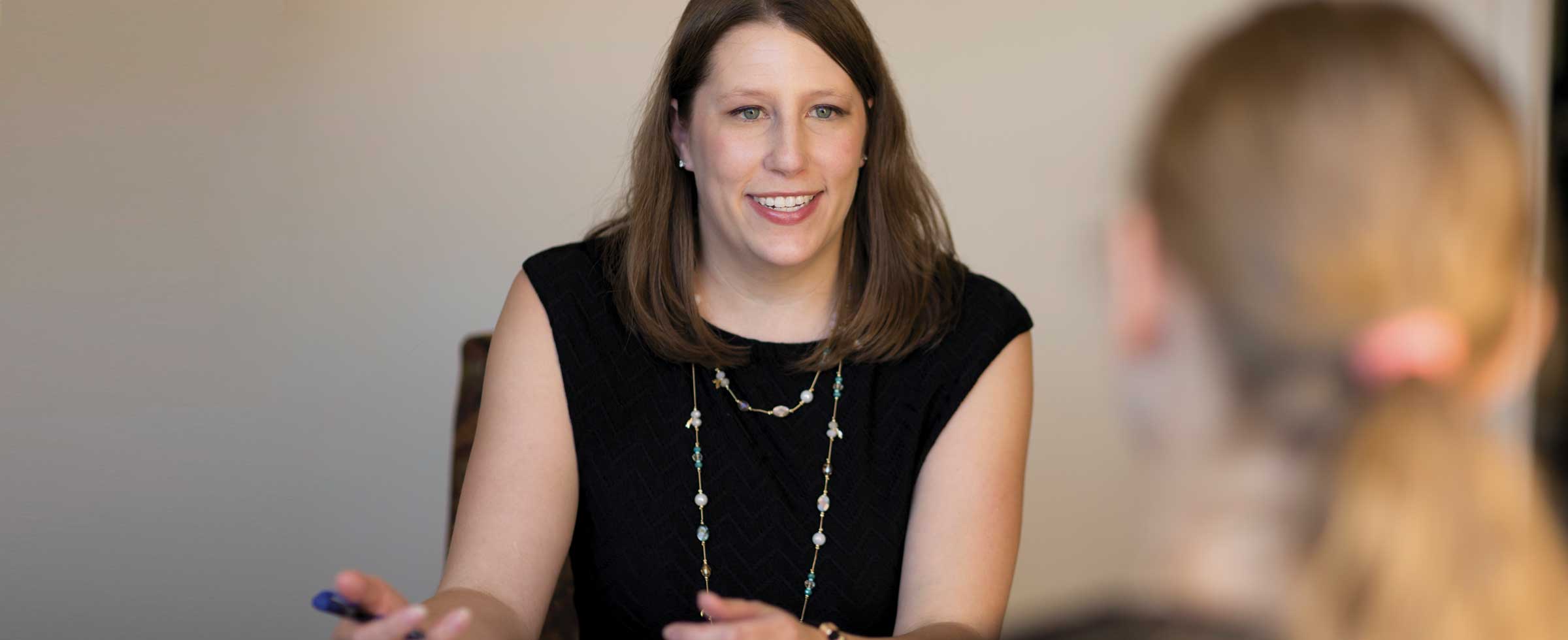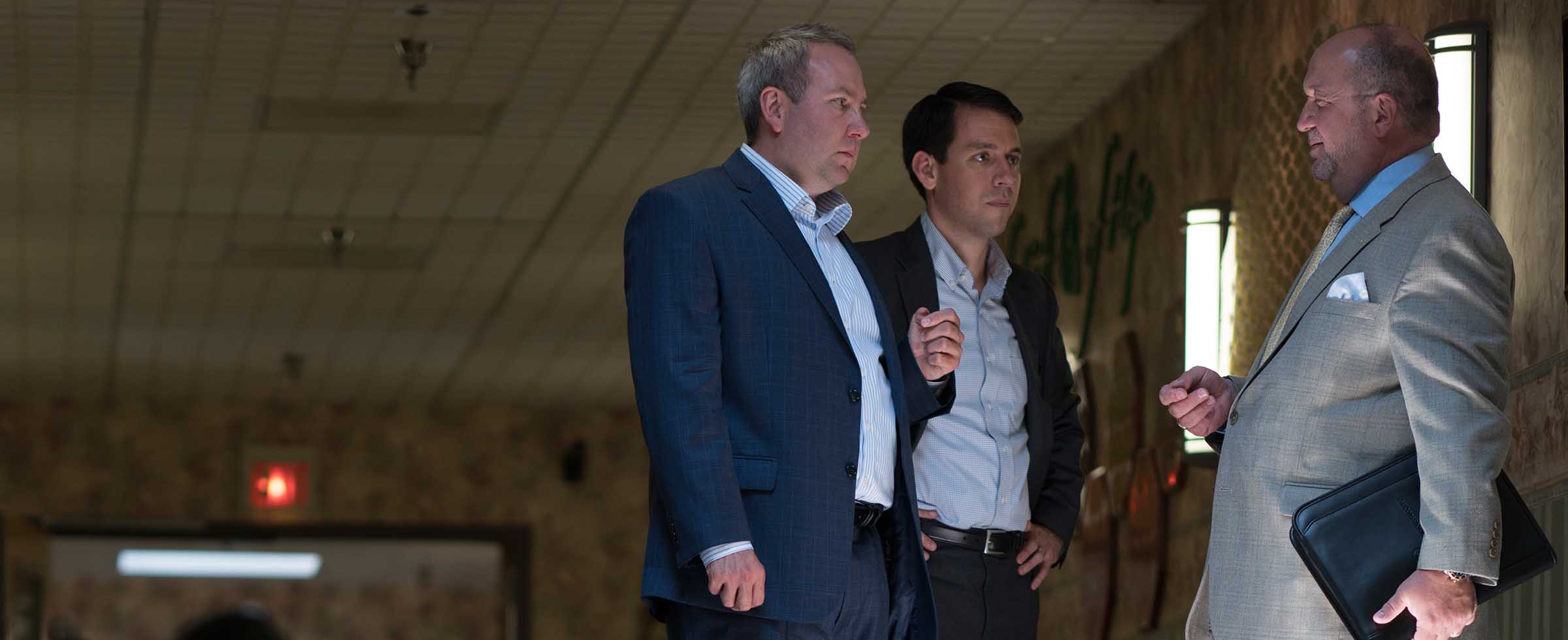Plotting a Proper Planned Giving Strategy

Tips, Advice to Ensure Your Philanthropic Goals Are Realized
Charitable giving comes in many forms and one type – planned giving – gives special attention to what’s to come. Sometimes referred to as legacy giving, planned giving is at its core a future gift. These gifts are passed along to loved ones, organizations or communities, often through wills or trusts. Since the funds usually transfer upon the passing of an individual or couple, many people ask: When is the right time to begin strategizing? And what do I need to be aware of to get started?
Katie Larsen, managing director and wealth management advisor of The Larsen Group at Merrill Lynch Wealth Management, a planning-based practice in Sewickley, says that clients often intuit organically on their own and arrive with ideas and passions that guide their goals.

“Planned giving conversations usually begin following the determination that clients are at a point where they are comfortable financially and confident that they will have ‘legacy’ assets,” she says. “We help them determine if they have saved and invested well enough for their own retirement and possess resources beyond what they will need to support themselves. This opens the door to discuss an allocation of the ‘excess’ to family, charities, etc.
“We have been blessed to work with both incredibly successful and charitable clients. We have learned through their leadership and creative expression of gratitude that planned giving provides efficient estate and tax planning, reinforces strong family ties and supports community for future generations.”
To help individuals, couples and families find that ideal sweet spot of giving, Larsen has shared other considerations and answers to reinforce that planned giving can be a part of anyone’s charitable giving and the best kept secret in charitable giving.
How can a financial advisor help?
Larsen: A financial advisor can help assess if a planned gift is a good fit and if it is, what type or size of gift might be most appropriate to realize your goals.
Do I have to be wealthy to create a planned gift?
Larsen: Planned gifts can vary largely in size and scope so all gifts matter! For example, a charitable bequest in your will can articulate a specific amount or percentage to a charity or charities. A charitable gift annuity is another way to make a gift during your lifetime. You also receive a fixed income stream while you are alive, and it sets in motion a lump sum to charity at your passing.
How does the financial market affect my plans?
Larsen: The status of the financial markets can be a factor. For example, if you are planning to make a gift of highly appreciated stock and then suddenly the stock price drops significantly, that gift would drop in value, as well. But normally we are planning around legacy assets and taking a long-term approach.
How do estate taxes factor into my charitable giving?
Larsen: This can be a primary motivator for some donors. Estate taxes above the lifetime gifting exclusion(s) are significant. For example, the initial Federal estate tax rate above the exclusion is 40%, and in Pennsylvania, we have no exclusion so taxes to descendants and other heirs range from 4.5% - 15%.
What kinds of assets are eligible for planned giving?
Larsen: Marketable securities, real estate and other real assets, including privately held stock and business interests. Many clients have received gifts of securities like shares of stocks from relatives – usually parents or grandparents – during the giver’s life (called an inter vivos gift). These gifts do not receive a tax basis step up and therefore keep the tax basis of the giver (often very low). For example, if Grandma bought Apple at $20/share (pre-split) in the 1980s and gifted shares while she was alive. These shares have such a large unrealized capital gain that selling would create a large tax burden. But gifting shares to a charity or donor-advised fund is a win for all.
What happens to your assets if you don’t have a will?
Larsen: In Pennsylvania, if you die without a will, we say that a person dies intestate. If a person does not have a will, they can add transfer on death (TOD) or payable on death (POD) designations to non-retirement accounts to provide direction at death.
Can you list a few common misconceptions that you run into and what the facts are?
Larsen: Gift of securities into a donor-advised fund. The tax deduction occurs when the contribution is made into the DAF not when the donor makes grants from their Fund to the individual charity.
The amount of charitable gifts does not equal the tax savings dollar for dollar. Every client/donor should discuss the tax impact of their gift with their tax professional. Charitable gifts are a meaningful tax savings tool.
How do you work with places like The Pittsburgh Foundation to develop planned giving strategies?
Larsen: We work closely with The Pittsburgh Foundation through the relationships that we have with the development and donor services teams. Connecting clients to the resources at the Foundation has yielded many happy clients and grateful nonprofits.
What is the best kept secret in charitable giving?
Larsen: Qualified charitable deductions (QCD). For retirement account holders subject to the required minimum distribution (RMD): Instead of receiving the distribution and paying income tax and then making charitable contributions with the after-tax money, the client can request a QCD, which is a direct payment to charity from the IRA and excludes that amount from taxable income.
Learn more about planned giving on our Will Week page
Questions? Contact our Development and Donor Services team to start your planned giving today at development [at] pghfdn.org (development[at]pghfdn[dot]org).



